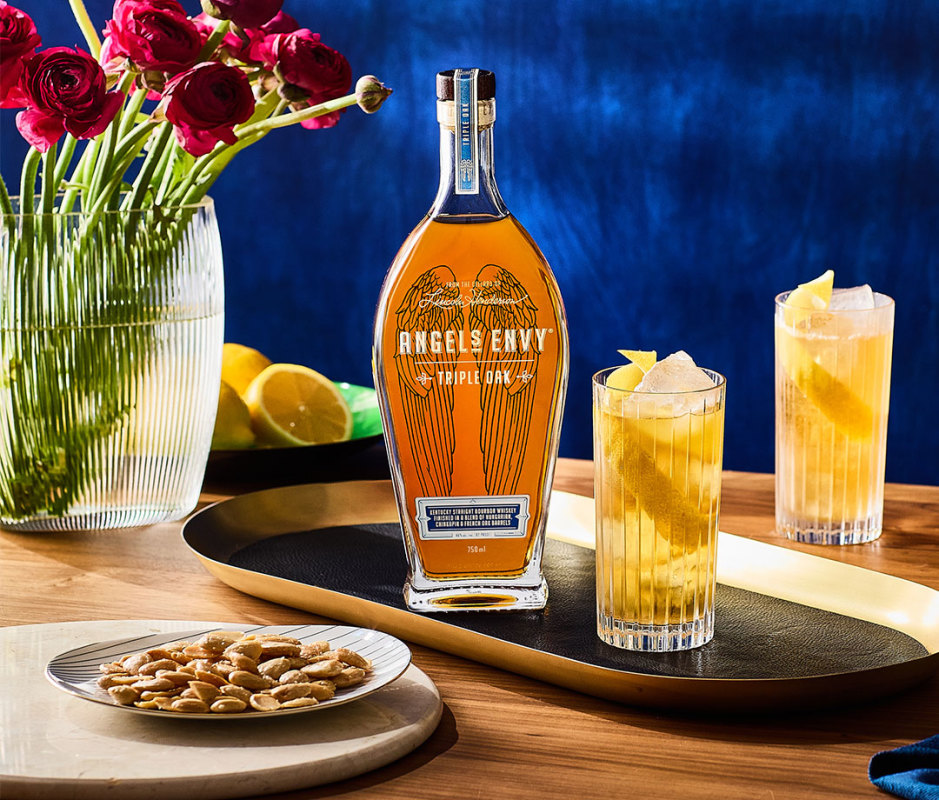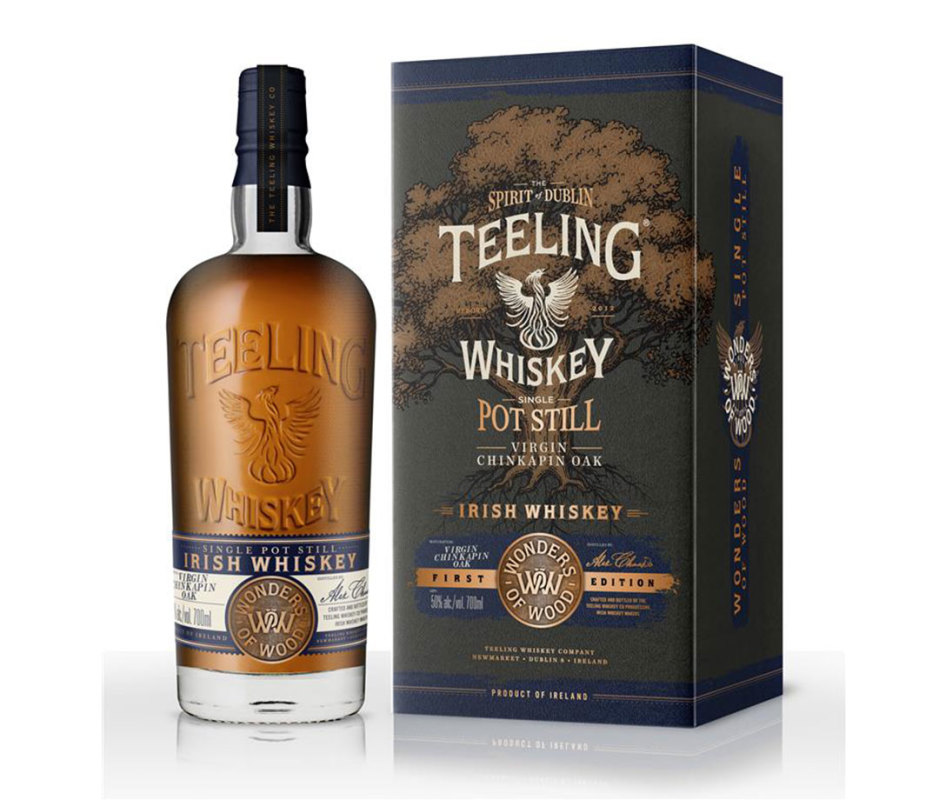One of the key reasons why bourbon tastes like bourbon is that it’s aged in a charred barrel made from American white oak (quercus alba). The barrel isn’t just a container, but provides the spirit with its signature color and plenty of flavor.
But there are actually a number of different types of white oak varieties that grow across the U.S. And recently, a number of brands have been experimenting with aging their whiskey in chinkapin (or chinquapin) oak.
From Maine to Missouri, chinkapin grows wildly alongside other white oaks, particularly in places with alkaline rich soil. “It has slightly more pointed leaves than quercus alba and its bark is a little scalier than the shingle-like white oak bark,” says Dr. Seth DeBolt, director of the James B. Beam Institute for Kentucky Spirits at the University of Kentucky. “If you were just looking at them generally, you’d think they’re about the same tree, but those little differences are like the difference between a Cabernet Sauvignon and a Pinot Noir. Both oaks have rich, bold flavors, and hold liquid in the barrel really well.”
For that reason, coopers have actually been making barrels with varying amounts of chinkapin for quite some time. Only recently, though, are they singling it out and treating it as the unique subspecies it is.
Since chinkapin is a highly tannic wood, it requires a much longer seasoning period than quercus alba to soften its tannins and develop more desirable flavor compounds prior to charring. It’s also not as prevalent as standard white oak, so chinkapin barrels are more expensive and harder to come by.
One of the first major trials of aging whiskey in chinkapin took place back in the early 1990s in Scotland of all places. At the time, Glenmorangie was conducting pioneering research on wood barrels. In 2005, the distillery sold an extremely limited single malt Scotch that was aged in chinkapin and was available at Heathrow Airport’s duty free stores.
Over the last few years, more distilleries have aged whiskey in chinkapin wood, including Buffalo Trace’s Old Charter, Teeling and Woodford Reserve.

Courtesy Angel’s Envy
In September 2024, Angel’s Envy, introduced its Triple Oak Bourbon that was aged in three kinds of barrels: ones made from Hungarian oak, ones made from French oak and — you guessed it — ones made from chinkapin oak.
Angel’s Envy’s master distiller Owen Martin decided to use the chinkapin oak after he tasted Teeling’s chinkapin-aged Irish whiskey. “I wanted to show that we were using oak varieties that span the distance from our own backyard all the way through Europe,” he says.

Courtesy Teeling Irish Whiskey
From a flavor perspective, though, the resulting bourbon was an unexpected — albeit pleasant — surprise. “As an American oak variety, I expected the chinkapin to bring notes of caramel and vanilla to the bourbon,” he says. “But it actually has a whole unique set of flavors that are specific to it. In our first rounds of tasting, we noticed a creamy coffee flavor and a spice profile with some licorice-forward notes.” Martin explains that in the end, the Hungarian oak provided the whiskey with tartness, the French with flavors of baking spice, and the chinkapin rounds things out with its sweetness and additional layers of spice.
Over at Heaven Hill, the team recently took a slightly different approach to embracing the oak varietal: using it as the primary aging vessel for several whiskies. Following the 2024 launch of its Grain to Glass whiskies, Heaven Hill just introduced its Specialty Barrel series, which includes a high-rye bourbon, a wheated bourbon, and a rye that all were aged exclusively in chinkapin oak for six years.
Related: The Forgotten Chemist Who Declared War on Imitation Whiskey—and Won
According to master distiller Conor O’Driscoll, the chinkapin contributes spicy oak and white pepper notes to each of the whiskies. “The mash bills all stand very strongly on their own two feet, and then the chinkapin barrels bring these other notes to the symphony and help round out those mash bills’ complexities,” he says. “Of course, the biggest risk with innovation is that it doesn’t work, but we’re really pleased with how this turned out.”
As with any local ingredient, where the chinkapin trees were grown will affect the flavors that it gives the whiskey. Needless to say, the experimentation with this oak variety is still in its infancy, and time will tell if it has serious staying power in the world of American whiskey.
“It gives us a way to talk about an oak that is specific to our region, and I think there’s value in that,” Angel’s Envy’s Martin says. “I think its other strength is that it does have the sweetness that people recognize as American oak, but it’s got a little bit more unique complexity to it than your standard American barrel.”
